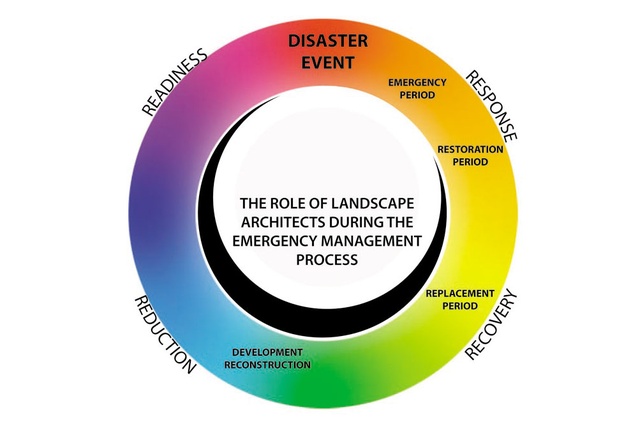The Role Of Civil Engineering In Disaster Recovery

Architecture doesn't always have to be about aesthetic appeal - sometimes it needs to serve a practical purpose too. This is the case with disaster-proof architecture, which prioritizes safety and survival over everything else. In this post, we'll be diving into the world of disaster-proof architecture, taking a look at the challenges faced by architects and considering some of the most innovative designs out there.
Disaster-proof architecture is all about designing structures that can withstand natural disasters such as earthquakes, tsunamis, and hurricanes. In recent years, there has been a growing global interest in disaster-proof architecture, as the frequency and intensity of natural disasters continue to increase.
The main aim of disaster-proof architecture is to save lives and minimize damage to property and infrastructure. This is achieved by designing buildings, homes, and other structures that are structurally sound and can resist the forces of nature, such as wind, water, and seismic activity.
One of the biggest challenges faced by architects when designing disaster-proof structures is ensuring that they remain aesthetically pleasing. After all, no one wants to live or work in an ugly, fortress-like building. This is why, in recent years, there has been a move towards designing buildings that are both safe and aesthetically pleasing.
The most effective way of achieving this balance is to think creatively and outside the box. In many cases, this involves incorporating natural elements into the design of the building - such as trees and plants - or taking inspiration from local architecture and building techniques.
Another important aspect of disaster-proof architecture is ensuring that buildings can function properly during and after a disaster. This means that buildings need to be equipped with things like backup generators, water and food supplies, and communication systems that can function independently of the main grid.
Finally, disaster-proof architecture also involves educating people about the risks they face and how to take steps to protect themselves and their property. This includes things like having an emergency plan in place, securing loose objects, and staying informed about weather and other natural events.
Frequently Asked Questions
What is the most disaster-proof building in the world?
There are many buildings around the world that have been designed to withstand natural disasters, but one of the most impressive is the Burj Khalifa in Dubai. This towering skyscraper is designed to withstand high winds, seismic activity, and other natural disasters, thanks to its innovative Y-shaped design.
How can I make my home more disaster-proof?
There are many steps you can take to make your home more disaster-proof, such as reinforcing the roof and windows, securing loose objects, and having an emergency plan in place. You should also make sure you have adequate insurance coverage in case of a disaster.
Can disaster-proof architecture be both functional and beautiful?
Absolutely! In fact, many architects today are actively working to incorporate elements of nature, local culture, and innovative design into their disaster-proof buildings. This means that it's possible to have a building that's not only safe and functional but also beautiful and inspiring.
In conclusion, disaster-proof architecture is an important field that's rapidly growing in importance as climate change and natural disasters continue to ravage our world. By prioritizing safety and survival, architects are playing a crucial role in helping us to prepare for the worst and to build a better future for ourselves and our communities.
As we move forward into an uncertain future, it's clear that disaster-proof architecture will only become more important. Whether you're an architect, a builder, or simply someone who cares about the future of our planet, it's important to stay informed about the latest trends and developments in this exciting and rapidly evolving field.


Post a Comment for "The Role Of Civil Engineering In Disaster Recovery"